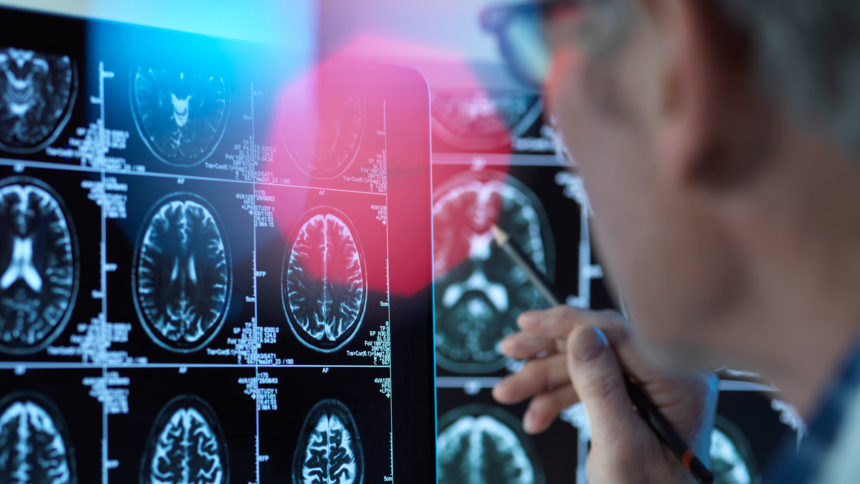
Brain changes linked to a recently identified form of dementia may be present in 40% of older adults. The condition is distinct from Alzheimer’s disease, and may require alternative therapies.
That’s according to neurologists involved in a new study of limbic-predominant age-related TDP-43 Encephalopathy, or LATE. Experts named the condition in 2019. To learn more about its prevalence, investigators analyzed autopsy, genetic and clinical data from 13 studies representing more than 6,000 brains. More than a third had changes linked to LATE.
Symptoms of LATE mimic those of Alzheimer’s disease, the researchers said. They include memory loss and problems with thinking and reasoning. But the LATE brain looks different from the Alzheimer’s brain, meaning that patients may benefit from distinct treatments, they added.
The unique brain changes tied to LATE may also be found in about half of patients diagnosed with Alzheimer’s disease, investigators said. When the condition coexists with Alzheimer’s or other brain diseases, symptoms are likely to be worse, according to the National Institutes of Health, which funded the study.
A number of leading U.S. Alzheimer’s research centers were involved in the study, which was published in the journal Acta Neuropathologica.
Related articles:
Community burden of dementia symptoms mirrors that of nursing homes, caregiver survey finds
EDs rarely send seniors with dementia to hospice care: study




